In September, 2025, three Friends, Meg Parsons, Mimzy Wellberg and Poppy Benson traveled to Kodiak Island to help the refuge with six cruise ships that would arrive over 8 days. Next year they expect 29 cruise ships. This heavy schedule is the result of cruise ships repositioning themselves from the South Pacific winter trips to the Inside Passage summer routes and Kodiak makes a very convenient stop. The Refuge does not have the staff to handle this and this is the third time Friends have helped during the crucial spring and fall cruise ship seasons. Hear what Meg has to say.
By Meg Parsons
A two week fall volunteer project to assist Kodiak National Wildlife Refuge Visitor Center greet cruise ship passengers on their way to Japan was amazing. From the start with Natalie (supervisory refuge ranger) giving a warm welcome pickup at the airport to the exit goodbye laden with thoughtful Kodiak Refuge themed thank you gifts, my heart was and is full of the memories.
Everything was right- the friendly staff integrating us into their good working team, the refuge housing, conversations with temporary staff, and sharing of rockfish for a group feast. There was great interest in and conversations with the visitors about Kodiak Refuge as well as Alaska and the other 15 refuges. There was play time and touring of the island- my first trip to Kodiak after 50 years in Alaska. And what a trip it was. The weather was perfect- mostly sunny and of course fall golden. A car was for our use, and we drove all the major roads in pursuit of taking it all in.
We got familiar with the charming city of Kodiak. People are happy there- smiling faces, busy lifestyles, thriving businesses, mingling ethnic diversity, and proud citizens. Kodiak runs on 100% renewable energy- wind and water. We attended two Friday lectures at the Alutiiq Museum- extremely interesting. And I can’t not mention a favorite coffee shop with large windows along the channel watching bald eagles and a variety of boats coming in and out. My last day I got to hike a bit of the Near Island trails- good views on a sunny day of the water and islands and in the mossy very-green forest.
Would I recommend volunteering for Friends of the Alaska National Refuges- absolutely!
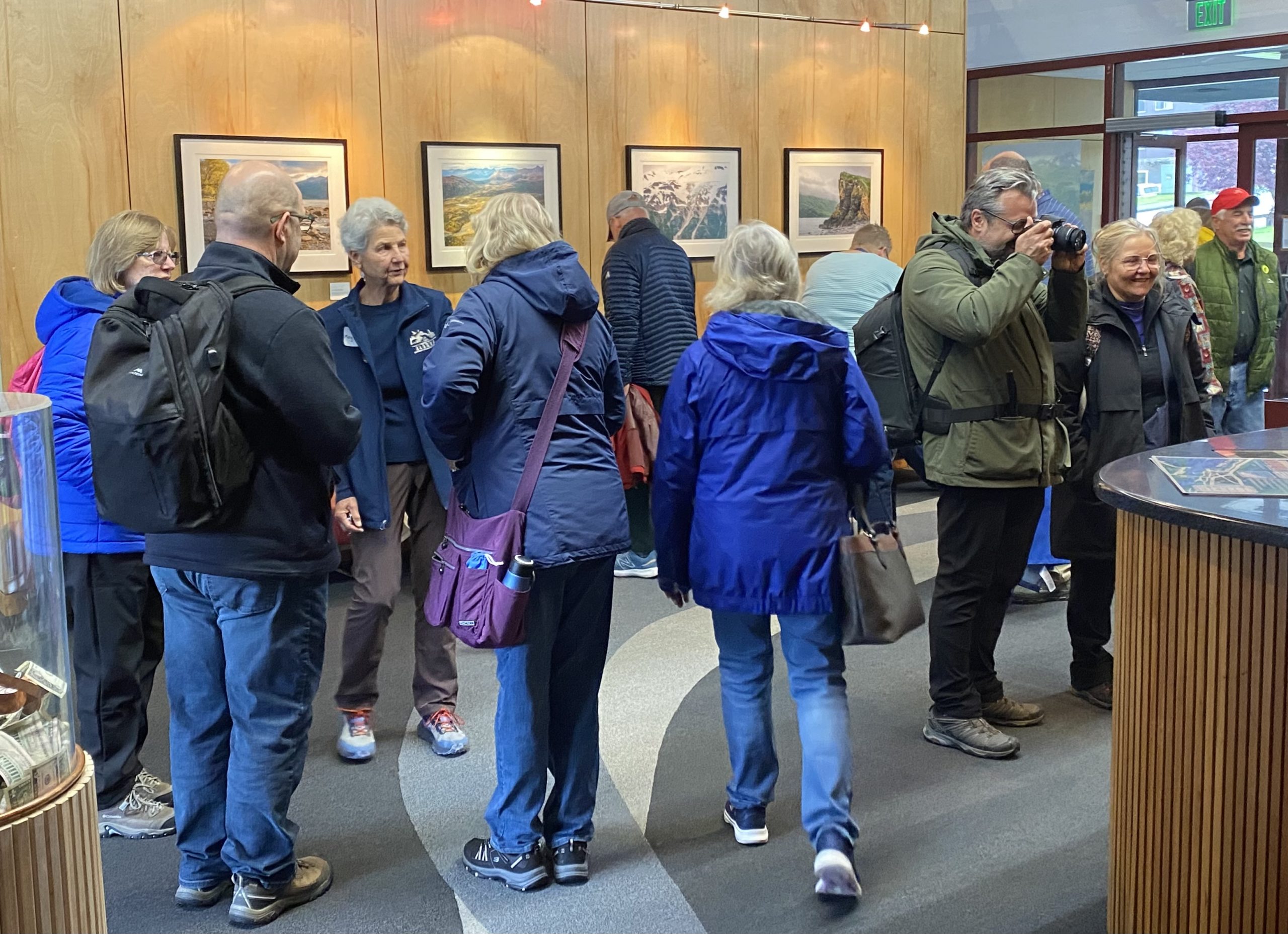
Meg Parsons (in Friends vest) in a sea of visitors on a 1000 visitor day in the Kodiak Refuge Visitor Center. Natalie Fath, visitor services lead, said our presence extended their reach and allowed for meaningful conversation with visitors. PC Poppy Benson/Friends
And Mimzy Wellberg added: Wonderful welcoming, hospitable staff at Kodiak National Wildlife Refuge. I learned a lot about Kodiak Refuge including its history along with bears, birds and whales. It was a joy to experience the delight and appreciation expressed by cruise ship visitors and local people upon leaving the Visitors Center. An added plus was the opportunity to volunteer with experienced Friends volunteers and refuge advocates: Poppy and Meg.
And I, Poppy, might add we saw 9 bears! Volunteering is a wonderful way to get to know refuge staff and the refuge and support them in a difficult time. While we were there, we also hosted the Friends September meeting with refuge speaker Amy Peterson, and gave interviews for a front-page article in the Kodiak Mirror and for KMXT public radio about the staffing crisis at Kodiak Refuge. They have half the staff of a year ago and that is something most in the town were not aware of.
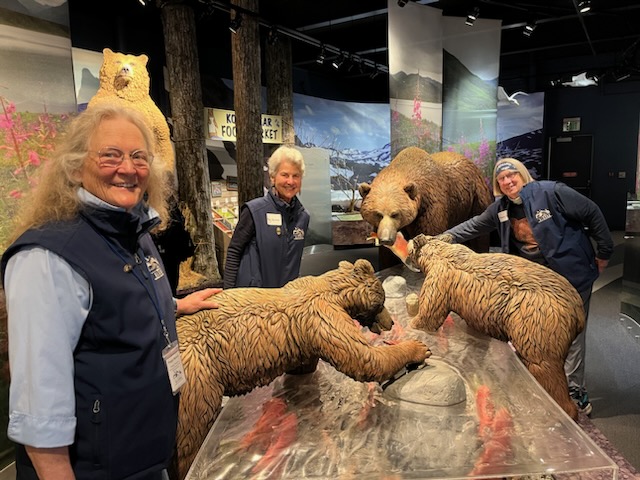
Kodiak Refuge Visitor Center is a world class space for a world class refuge. Friends volunteers L to R Poppy Benson, Homer and Meg Parsons and Mimzy Wellberg from Anchorage. PC Shelly Lawson/USFWS

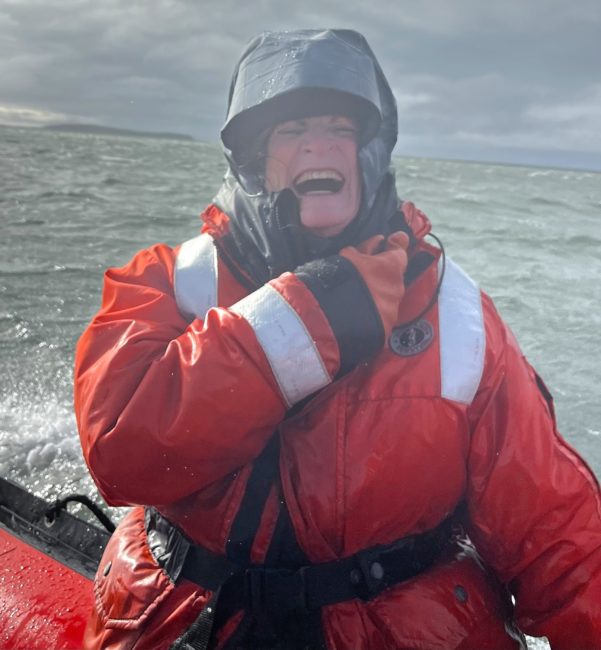
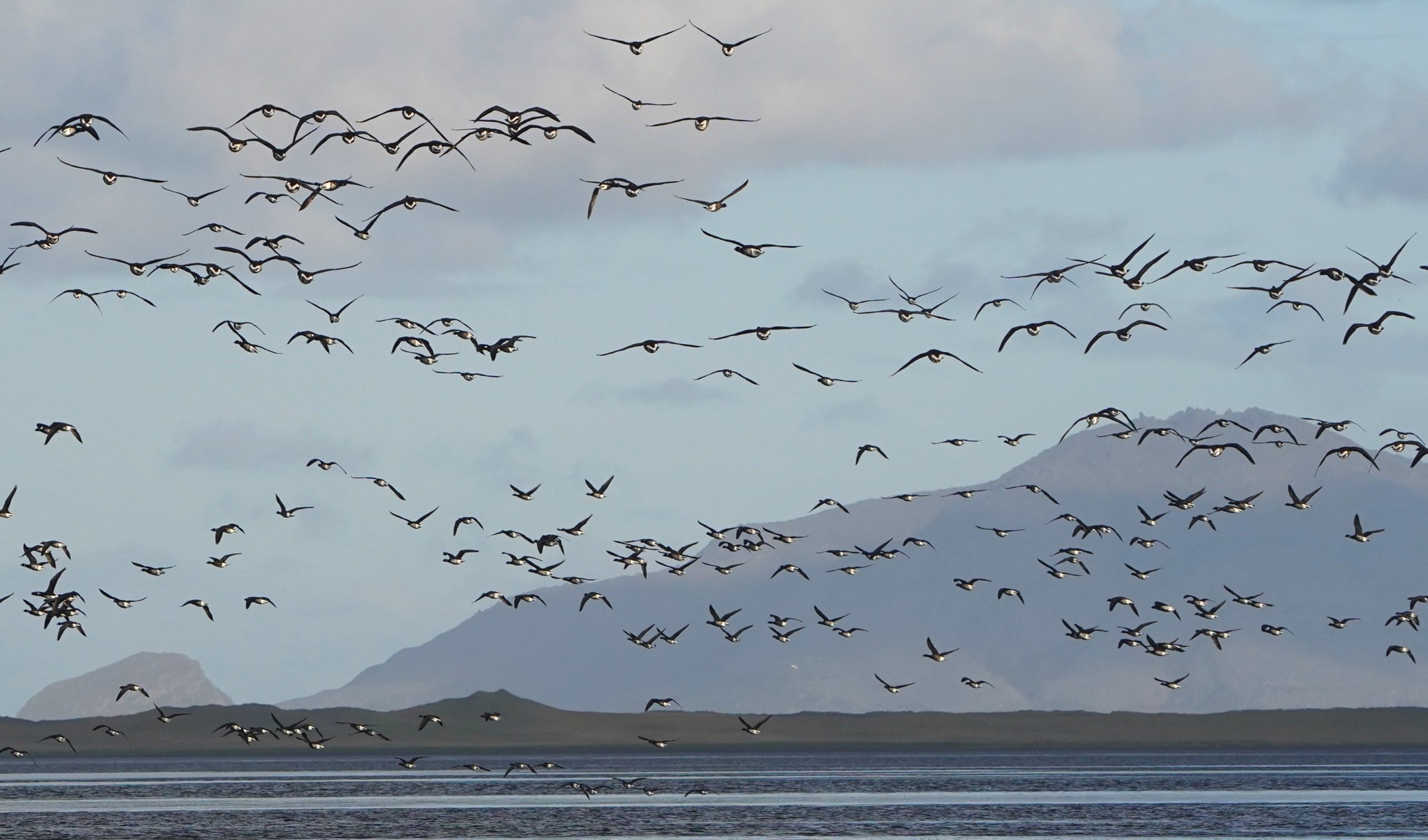


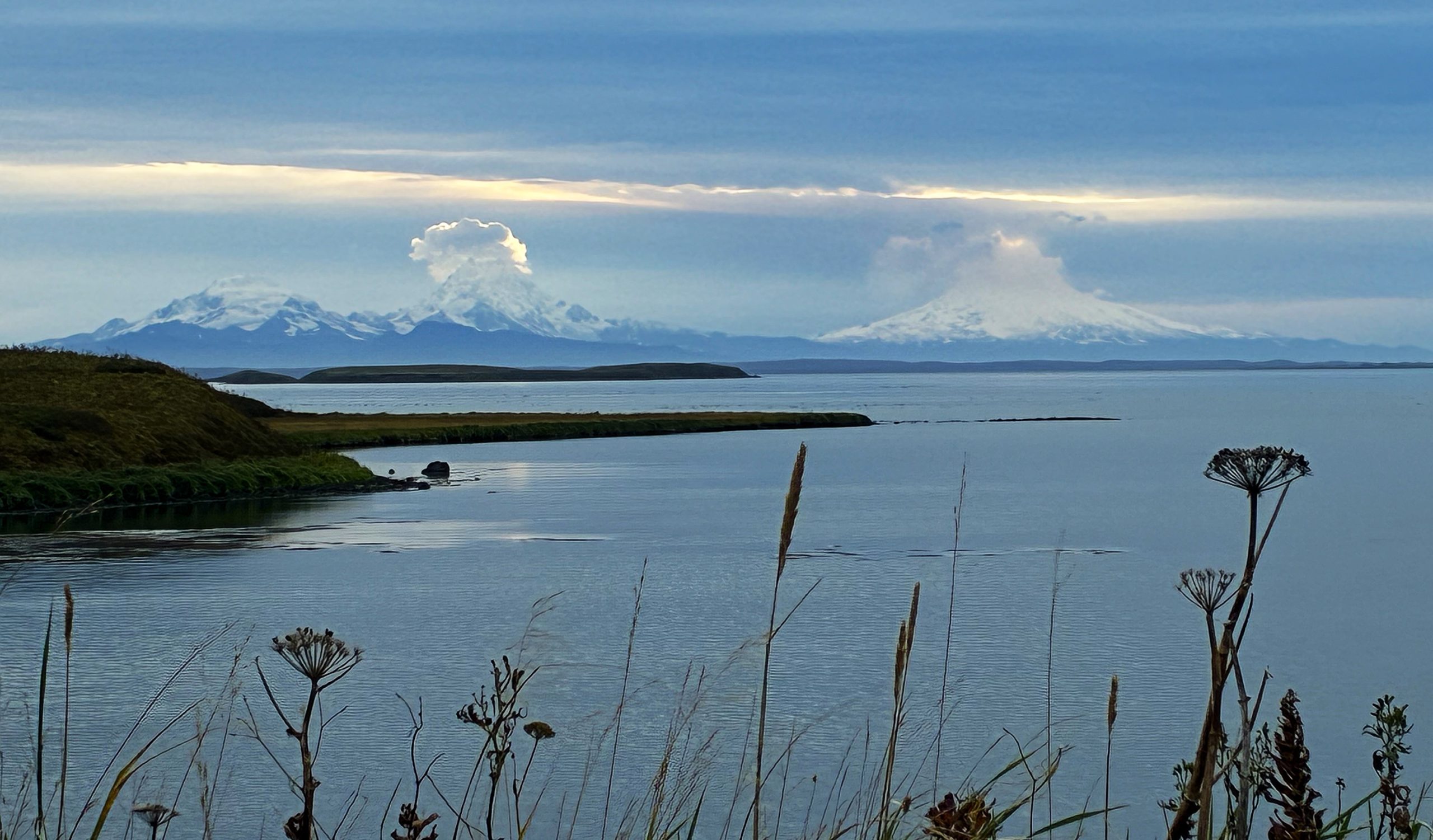

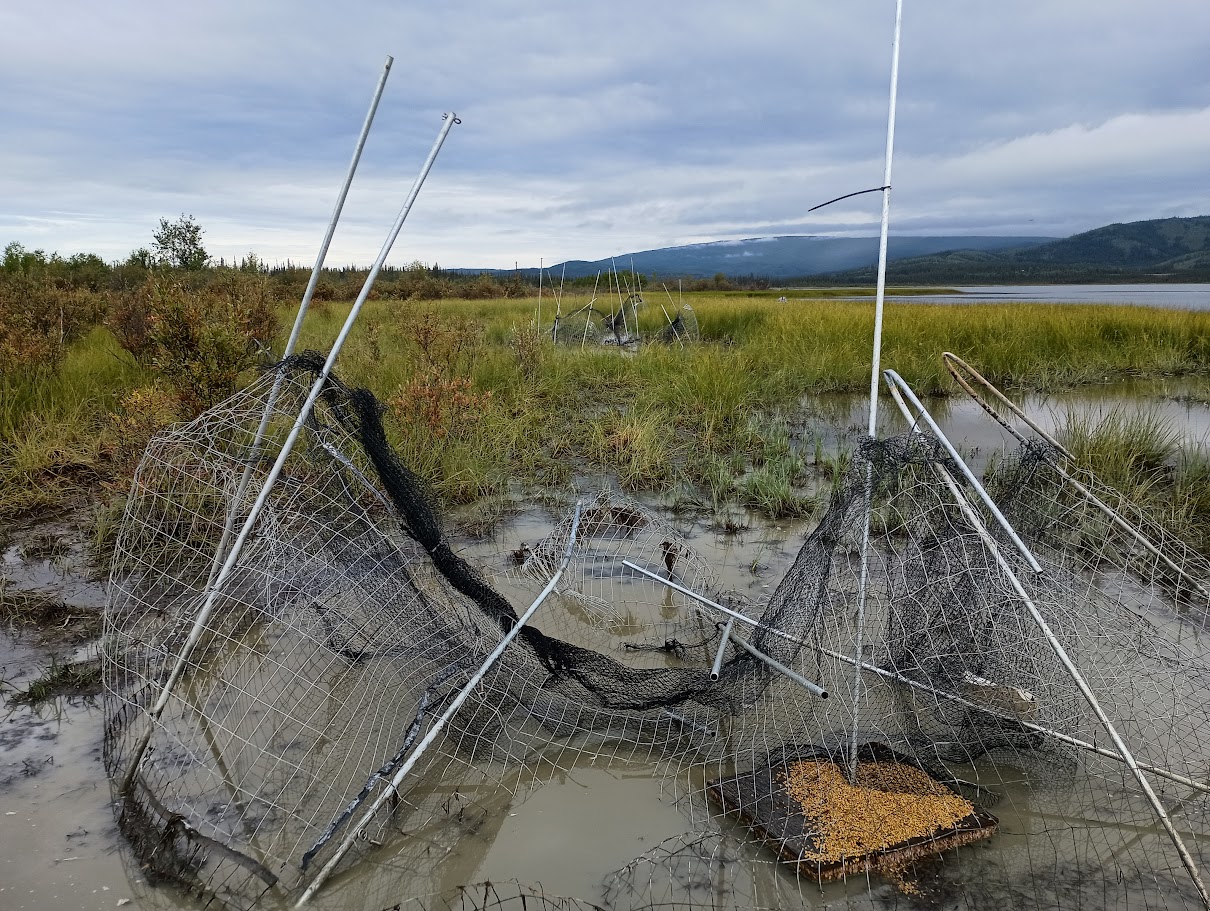
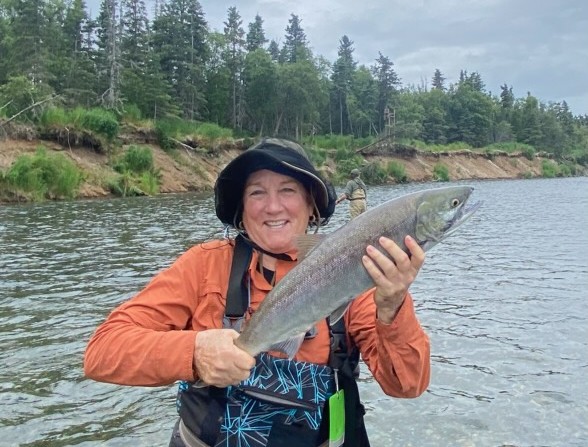
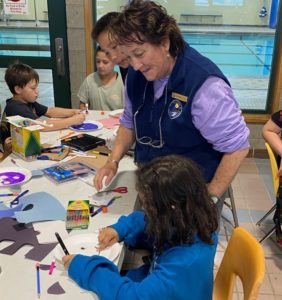

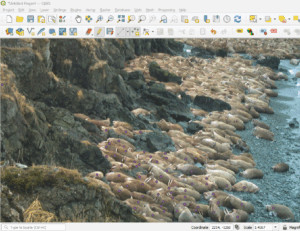
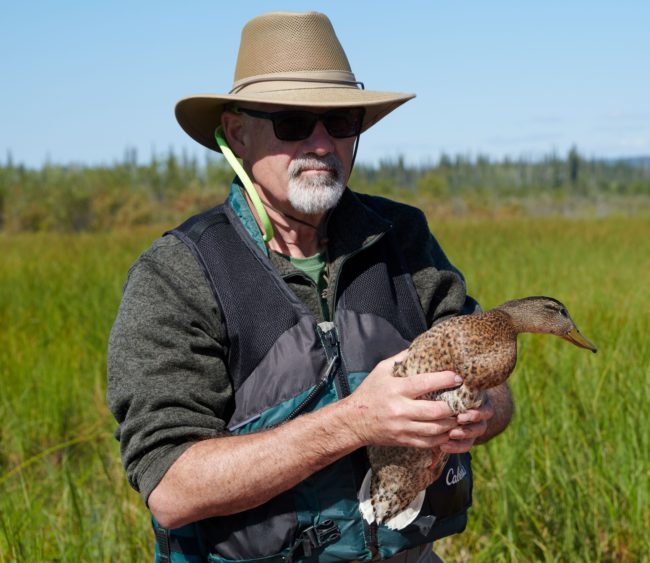

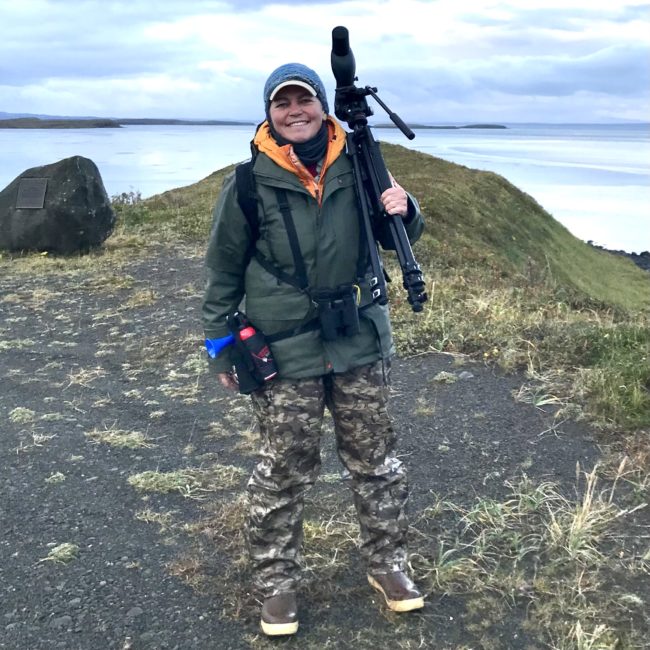
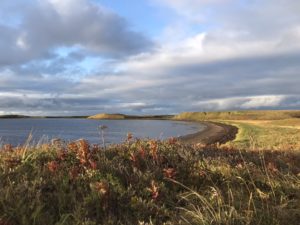

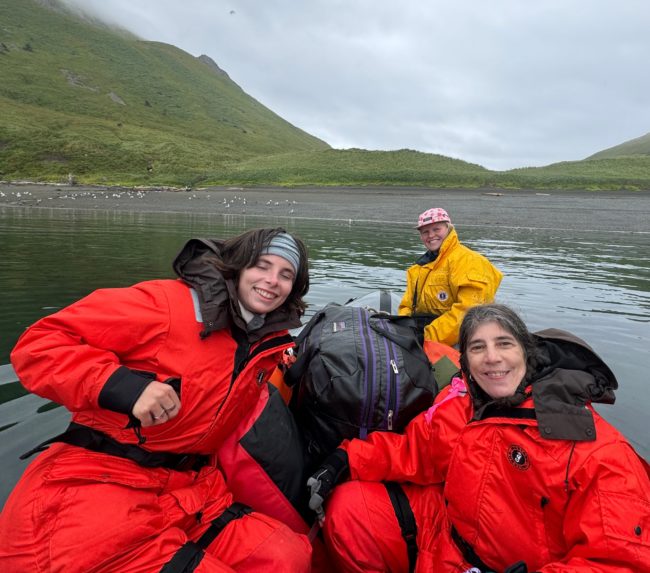
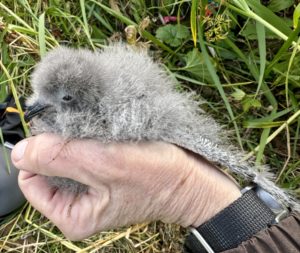


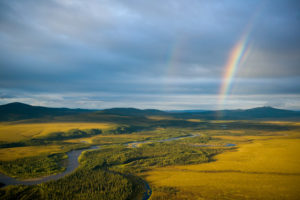
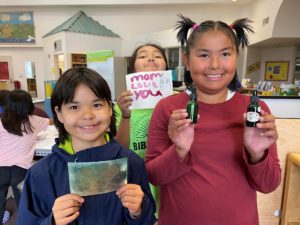
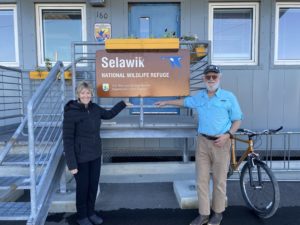
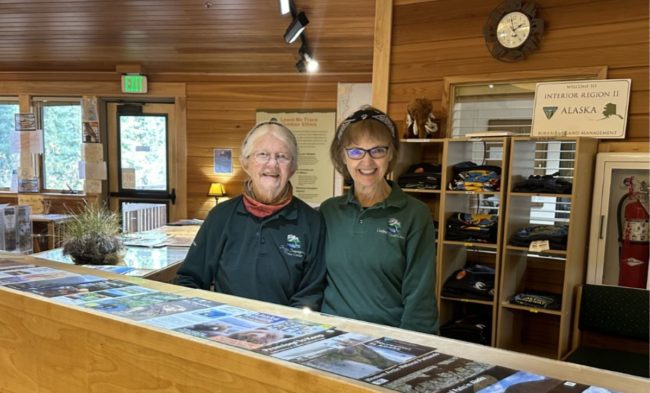

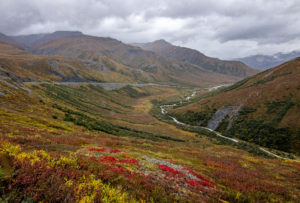 Fall colors on the Dalton Highway. PC Randy Lewis
Fall colors on the Dalton Highway. PC Randy Lewis